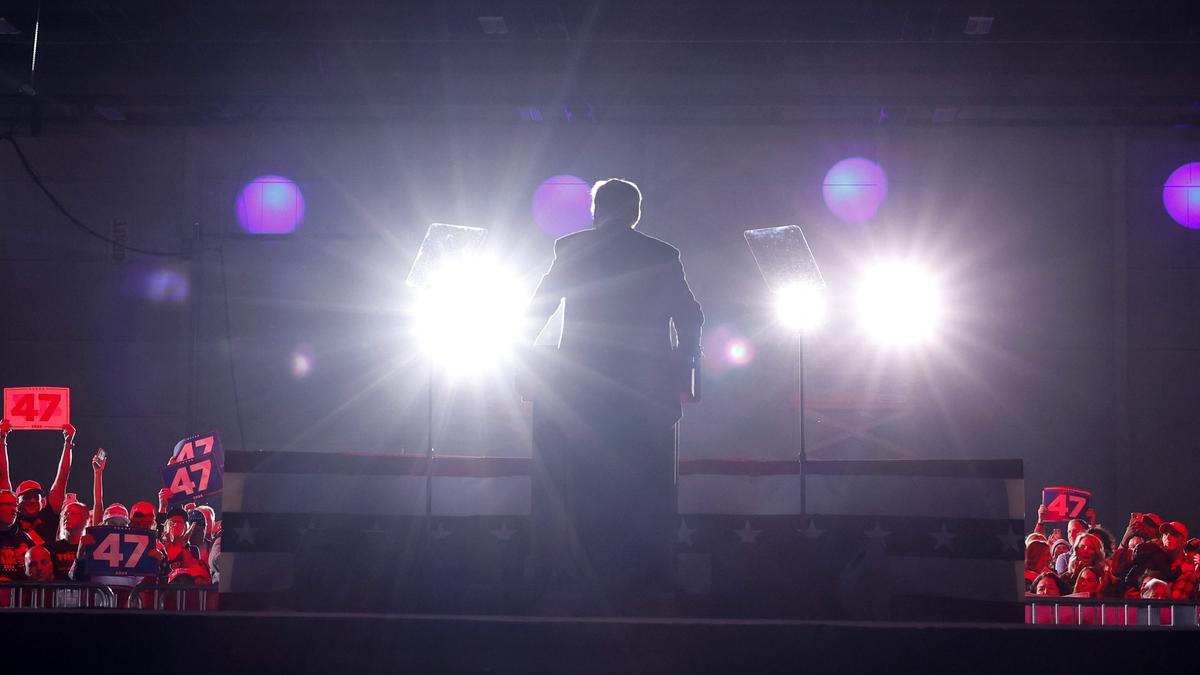
Why are swing States critical in this U.S. election? Premium
The Hindu
U.S. Presidential polls: Which are the battleground States? How are Donald Trump and Kamala Harris tailoring their messages to woo voters?
The story so far:
Around 24.4 crore people are eligible to vote for the U.S. presidential election slated for November 5. In 2020, two-thirds of the eligible voters voted. The next President of the U.S. will be decided less by these national numbers than by a few thousand voters in some key places, which are called battleground or swing States, thanks to the unique features of the country’s electoral system.
The last two elections of 2016 and 2020 demonstrated the outsize impact of the swing factor in several States, even as the country became more polarised. In 2020, President Joe Biden had a national lead of around 70 lakh votes over Donald Trump, but what mattered more were the small margins with which he won key States. Of around 67 lakh votes cast in Pennsylvania, Mr. Biden led over Mr. Trump by 81,660; in Michigan, he had 1.54 lakh more, of the total 54 lakh polled; in Wisconsin, Mr. Biden led by just 20,682 votes in a total of more than 32 lakh votes.
Editorial | Neck and neck: On the U.S. presidential election
In 2016, Mr. Trump had trailed his Democratic opponent Hillary Clinton by two percentage points, which was in excess of 20 lakh votes, but he could still emerge as the winner because he won key swing States. For instance, he won Pennsylvania by 44,292 votes of the total 61.7 lakh votes polled; Wisconsin by 22,748 of the 30 lakh votes; and Michigan, by 10,704 of the 48 lakh votes polled.
The winner of the U.S. presidential contest is selected not by a majority of national popular votes, but by a majority in the electoral college of 538, which is 270. Members of the electoral college are apportioned between the States. Most U.S. States have a “winner-takes-it-all” system that allots all electors to the candidate who gets more popular votes. So, whether a candidate has one or one million votes more than their opponent in California, for instance, all 54 electoral college votes of the State, will be awarded to him or her.
Similarly, all 19 electoral college votes of Pennsylvania will be awarded to the winner of the popular votes within that State, regardless of the margin. This system could create the anomaly of a candidate winning the election, without winning more popular votes than the opponent, nationally. That is also why the main opponents this time, Mr. Trump and Democrat Kamala Harris, are trying to turn the battleground States in their favour in the last lap of campaigning ahead of election day.













